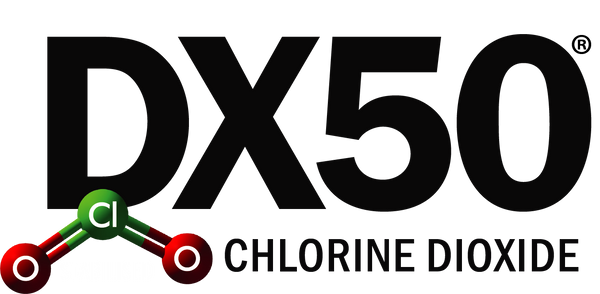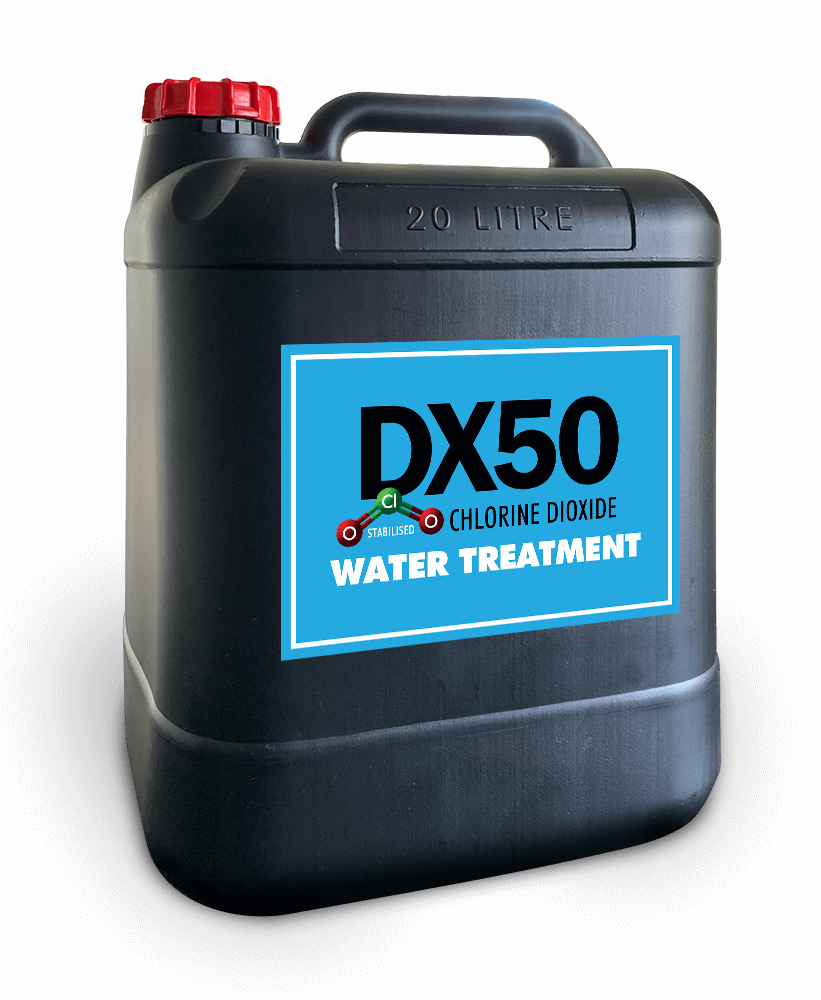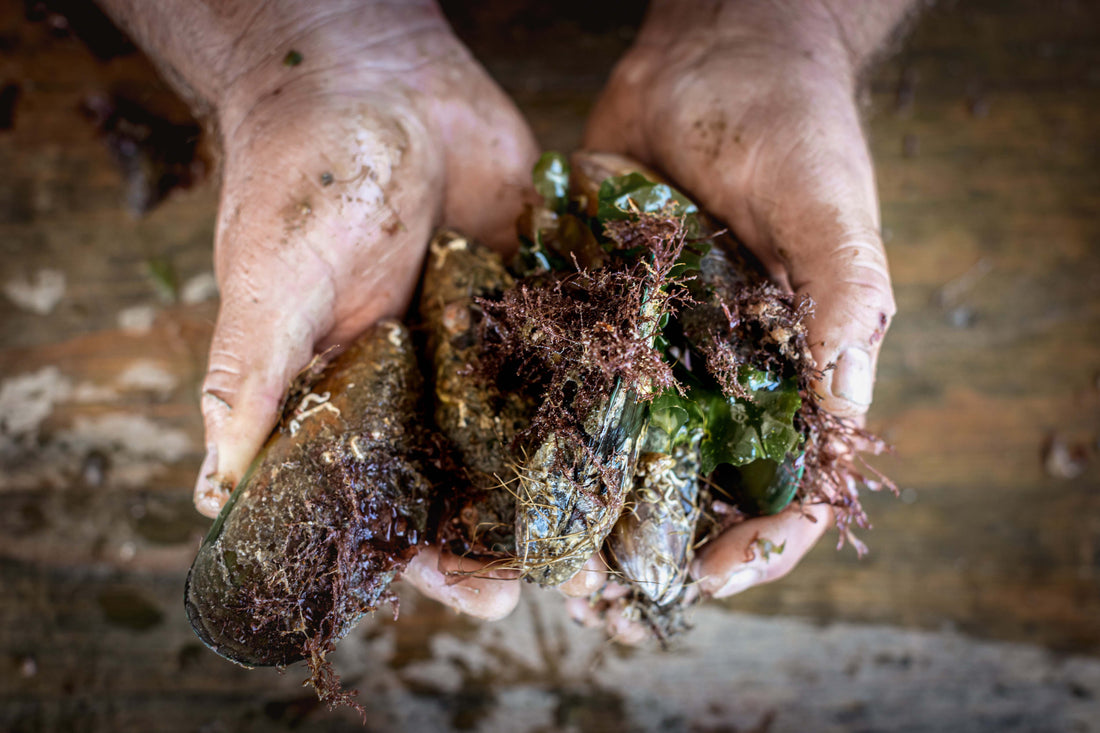
DX50® Safeguards Greenshell Mussel Quality for Export
Share
One of New Zealand’s best export successes is our seafood industry, and our favourite Greenshell™ mussels (Perna canaliculus) are one of the star performers. Rated as one of the world’s most sustainable seafood products, New Zealand mussels are loved by consumers globally.
But as a high-risk and short shelf-life food product that is exported long distances around the world, meeting strict local and foreign food safety standards is critical for the seafood industry. Failure to meet these standards can potentially cost lives and millions in lost trade for both the company and the industry.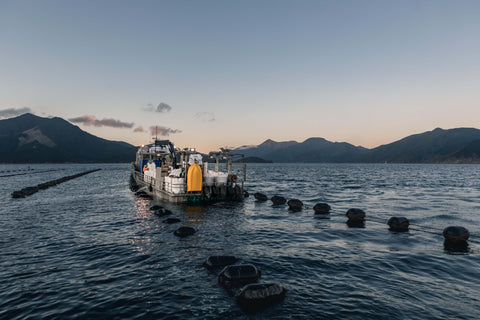
Kono’s Greenshell™ mussels – fresh from to sea to plate
Seafood and shellfish are known as high-risk foods because they can support harmful bacteria growth that, unless treated and stored properly, can cause food poisoning. They can also carry toxins if the water they live in is contaminated, so it’s safer to eat seafood provided by a trusted and sustainable producer.
Kono is one of New Zealand’s largest growers and exporters of New Zealand Greenshell™ Mussels. They grow, harvest and process approximately 10,000 tonnes of green weight per year, and export 99% of their half-shell mussel products to over 25 countries.
The mussels are hand raised in New Zealand’s Marlborough Sounds, grown on a suspended rope system known as long-line farming, and processed at Kono’s seafood processing plant in Blenheim. To ensure a fresh, straight from the water taste, Kono’s Greenshell™ mussels are cleaned, flushed, cooked, cooled and individually snap frozen on the half shell within hours of harvest.
The flushing and cooking process cleans and rids the mussel of any potential harmful pathogens. They are then cooled in clean treated water and snap frozen. To avoid cross contamination everything the mussels and Kono personnel touch must also be clean and contaminant free, including the water.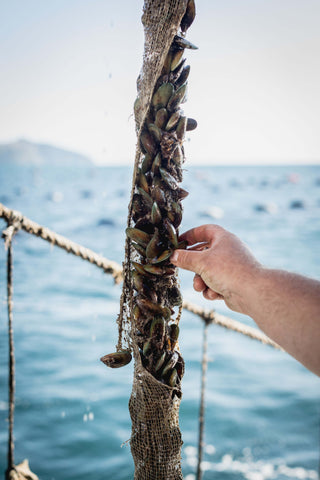
More effective against pathogens
Up until two years ago, Kono’s mussel processing plant was using chlorine to treat the water and to sanitise the plant. Chlorine is commonly used throughout the seafood processing industry and other industries around the world to kill pathogens and ensure seafood is safe to eat.
However, Kono’s plant engineering manager, Nik Cook, was concerned about the biproducts of chlorine and the costly damage it was doing to areas of the plant, such as the flooring and pipes. Kono decided that they wanted to move away from chlorine and for the plant to be “chlorine free”.
He explained, “I started looking for an alternative because, while chlorine works well as a steriliser for water treatment, it has some negative issues. It binds minerals in the water together and creates a brown muck called ‘fall out’ that is usually in the form of iron oxide. This was proving an issue for the plant as we've got high manganese in the bore water supplied by the Marlborough District Council. Clearing the muck required constant pipe flushing and maintenance.”
Controlling microbial growth in seafood
Nik’s concern is not unique to the seafood industry. According to a 2005 research study by George J. Flick, Jr., Ph.D., aqueous chlorine is widely used in seafood processing to control microbial growth, and efforts have been made to identify viable alternatives. This is due to the ‘health concerns regarding the trihalomethanes, haloacetic acids, chloroform, chlorophenols, and other chlorination reaction products generated during interactions of organics with aqueous chlorine’.
The study found that chlorine dioxide was a good substitute for chlorine and an excellent sanitiser that could be applied in a variety of seafood processes. It states, “Chlorine dioxide has been shown to be seven times more potent than aqueous chlorine in killing bacteria and viruses in some applications. Furthermore, fewer potentially toxic reaction products result from treatment of organic matter with chlorine dioxide. When chlorine dioxide reacts with aqueous contaminants, it is usually reduced to chlorite ions.”
For many, the observations are nothing new. Over the last century, chlorine dioxide has been used around the world to make public water safe to drink and prevent the spread of disease. It is also used in multiple applications and across many industries to kill germs, mould, and odours, and to care for the health and safety of facilities, goods, staff, and consumers.
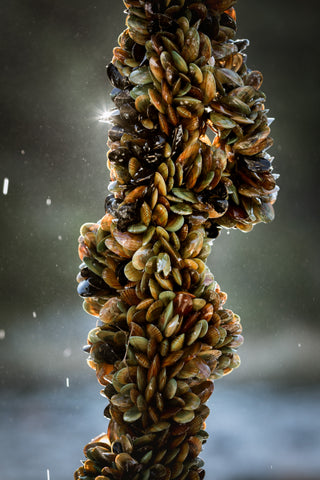
Going chlorine free
Prior to making the switch to DX50 chlorine dioxide, Kono had invested in a new water filtration system at the plant with added water softeners.
Nik said, “We put in a filtration system and water softeners about two seasons before we made the switch from chlorine to DX50 chlorine dioxide for water treatment. So, it’s been a process as opposed to a single step. We’ve found that the combination of all three - good filters, water softening, and DX50 water treatment - has been key to reducing mineral levels.”
The plant uses a Blue-White A1 peristaltic pump from Ascot Pumps in Palmerston North to dose the water with DX50, and the water is tested routinely throughout the day for any pathogens. The complete operation uses about 120 litres per minute of chilled water to kill any potential bacteria in the mussels.
As chlorine dioxide is more powerful than chlorine, only a small fraction of the equivalent amount of chlorine is needed to treat the same amount of water.
“We read all the science about chlorine dioxide before we switched to DX50. It’s commonly used in Europe and around the world with very good outcomes. As a gas, yes, chlorine dioxide is quite hazardous, but in a liquid form, like DX50, it’s stable and safe to shock dose into the system. It is actually quite ingenious,” said Nik.
“We were using maybe 200-300 litres of chlorine to treat water, and we've reduced that to about 40 litres of DX50 chlorine dioxide for the equivalent amount of water. So, there's also been a significant reduction in chemical usage,” said Nik.
Since changing to DX50, the Kono food processing plant has found chlorine dioxide to be very effective at safely removing any potential harmful pathogens that could be found in mussels - such as E. Coli and V. parahaemolyticus. It also removes any slime or biofilm in the water, without leaving a chlorine taste and smell.
Less corrosive and less harmful than chlorine
“The combination of filters, water softeners and DX50 Water Treatment has succeeded in reducing pathogen levels in the mussels and stopped the build-up of biofilm and the associated problems with minerals that we had with chorine,” said Nik.
“As DX50 chlorine dioxide doesn’t have the same breakdown effect as chlorine, we’ve reduced our repairs and maintenance costs. Plus, it doesn’t leave a chlorine taste profile, which could affect the quality of the product,” said Nik.
“DX50 also allows us to do a count dose at the lower end of the spectrum. This means that, when it comes to treating water, we can increase the dosage if we need to [for example, to sanitise the plant in preparation for the new the season] and still be within safe and recommended limits.”
“As with any chemical regime, it's best practice to alter the chemicals because pathogens do eventually build up resistance. So, if you start off with a high dose of chlorine say, you can’t then increase the dose because the microorganisms and bacteria start becoming immune,” he said.
Unlike other oxidants, DX50 chlorine dioxide is lethal to pathogens that have developed a resistance to chlorine. This is because its reaction to the acid in the cell walls kills the microorganism too fast for the microorganism to build a resistance. At the same time, the process also quickly degrades the chlorine dioxide, which is why it has little effect on larger organisms such as animals and humans when used within recommended limits.

Government investment in Aquaculture
It’s been a particularly tough couple of years for New Zealand’s seafood industry with the challenges of Covid, labour shortages and world events, but things are starting to look up. Last year, New Zealand mussels export revenue grew 5% to $307 million and saw a 14% volume increase to 33,149 tonnes, and this trend is expected to continue.
With demand expected to increase, the New Zealand government developed an Aquaculture Strategy with a goal of growing the industry's annual sales to $3 billion by 2035.
New Zealand’s pristine water, sheltered harbours, and healthy ocean ecosystems are perfect for a growing aquaculture industry. Our quality assurance, water quality, and processing methods are aligned to meet the strictest regulations and international food processing standards.
Quality producers like Kono are succeeding in placing New Zealand firmly on the world stage. They are leading by example by investing for future growth with ingenuity and continual improvement. The Kono seafood factory has its own quality control program, and we are proud that Kono has chosen DX50 chlorine dioxide to help ensure the safety and quality of Kono’s Greenshell™ Mussels.
